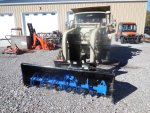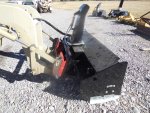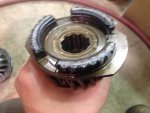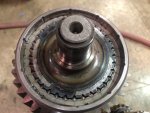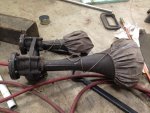The cooler is for the rear system only, as far as I can tell, as they seem to be completely separate systems. And the fans are wired together, so both are supposed to run when the temp sensor decides that they should.
I don't think I ever thought to check if the front tank got hot, but if things are working like they should, the only way I know of to make that fluid hot would be to work the loader fairly hard.
But what really makes me curious is how you ended up with the fan running after a test drive. Mine takes a decent amount of work with the backhoe at higher ambient temperatures for the fans to come on. Or, running the snow blower (which takes all the power the rear system can muster) for an hour or so. In other words, my fans rarely come on. Was your PTO accidentally engaged during the drive?
Thinking more about this, you got both the front and rear systems hot (which is subjective, except that the cooling fan came on, so that's definitely hot) which makes me wonder if there are severe restrictions in both systems. But the rear one shouldn't know, or care, as long as the PTO isn't engaged. You definitely have my curiosity pegged now.


